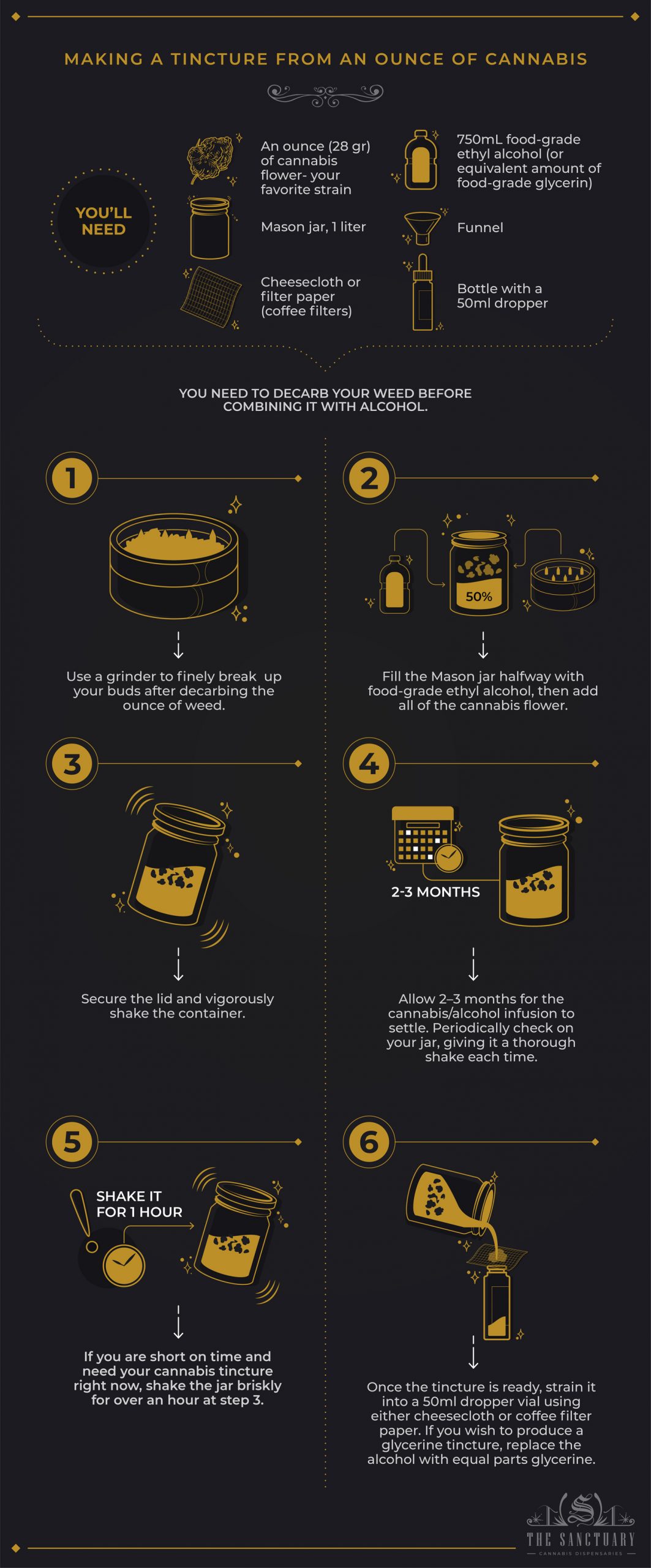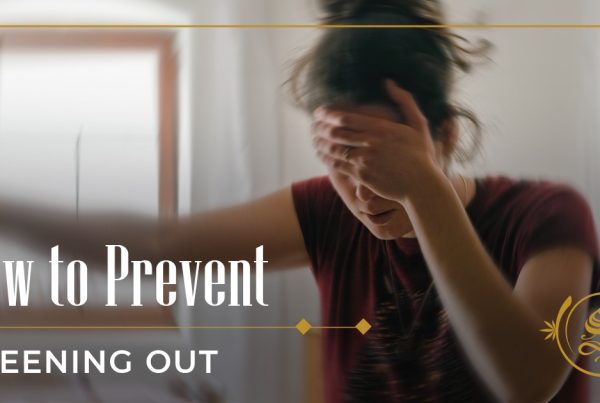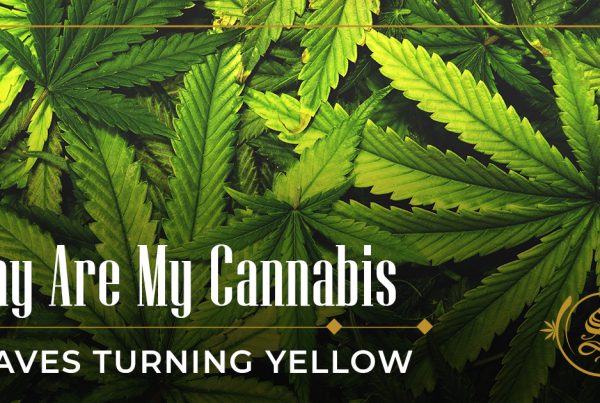Consumption techniques are evolving in tandem with the cannabis business. While tinctures have always been a popular means of cannabis delivery, they appear to be gaining traction alongside edibles and other more discreet approaches.
Tinctures are one of the finest ways of administration in terms of dosage accuracy, and they also give a wonderful alternative for medical cannabis users who are unable to ingest or inhale cannabis while still getting the desired effect.
Tinctures are widely employed as a convenient delivery mechanism for therapeutic herbs because plant components are absorbed swiftly into the bloodstream when taken beneath the tongue (sublingually).
They distribute all of the chemicals in cannabis more quickly, so you may experience the benefits sooner and adjust your dosage as needed, whether you are utilizing THC, CBD, or CBG dominant strains.

What is a cannabis tincture?
It is basically cannabis-infused alcohol. In fact, before the United States imposed cannabis prohibition, tinctures were the most used form of cannabis medication.
They are an excellent starting point for both recreational and medicinal users who want to transition to smokeless use.
How do tinctures work?
Despite the fact that cannabis tinctures are edible, they operate significantly faster than typical edibles like brownies or candies. The effects of cannabis tinctures can start in a matter of seconds if consumed appropriately, as opposed to an hour or more for weed edibles.
This is because the cannabinoids enter directly into the circulation through the sublingual tissue beneath the tongue, rather than passing through the digestive process.
To get the most out of tinctures, hold them beneath your tongue for 30 seconds, preferably while massaging them into the tissue. While the effects of sublingual cannabis tinctures are more immediate, they do not persist as long as those of edible baked products. They do, however, seem to persist longer than those obtained from vaping or smoking.
The advantages of cannabis tinctures
Tinctures are very beneficial for newcomers to cannabis. Here are some of the reasons behind this:
- Discretion: You can avoid the stench of weed while still getting all of the advantages of cannabis by taking a tincture. It is also simple to hide in a tiny container in your backpack.
- Rapid onset of effects: The effects of a cannabis tincture come on rapidly. Unlike cannabis edibles, which can take up to an hour to take effect, tinctures can be felt in as little as 15 minutes. This enables you to rapidly comprehend how much you need to take to feel an effective dose.
- Dosing is simple: Tinctures are ideal for determining your optimal dosage. You can use an eyedropper to measure your dose and increase, reduce, or leave it alone.
Using alcohol vs. glycerin for tinctures
When it comes to creating tinctures, you will want to use high-proof, food-grade alcohol. If you do not want to use alcohol, glycerin, a plant-based oil, is a good substitute. Glycerin, on the other hand, is less effective in bonding to cannabis components and so produces a less powerful tincture.
Some individuals try to produce a more strong glycerin tincture by first using alcohol, then carefully evaporating the (extremely flammable) alcohol off of the tincture, and last adding glycerin. The result is a glycerin body with the alcohol’s strength.
However, it is not advised to evaporate alcohol with a heat source due to the risks involved.
Choosing the right type of alcohol for tinctures
If you are going to make an alcohol tincture, you will need to choose the proper stuff for the job. While you may utilize store choices (Bacardi rum, for example), the greater the proof, the stronger the infusion and the more powerful each drop.
Food-grade ethyl alcohol is the finest choice for alcohol tinctures (95 percent). Depending on which state you live in, you may not find it on your local store’s shelves, but there are lots of trustworthy dealers online.
Isopropyl alcohol, for example, is not meant to be ingested and should never be used to make a tincture.
Making a tincture from an ounce of cannabis
After learning the fundamentals of cannabis tincture, it is time to create your own. Preparation is essential, so in addition to the necessary components and equipment listed below, set aside at least an hour to finish the procedure without interruption.
Ingredients:
- An ounce (28 grams) of cannabis flower– your favorite strain
- 750mL food-grade ethyl alcohol (or equivalent amount of food-grade glycerin)
Equipment:
- Mason jar, 1 liter
- Cheesecloth or filter paper (coffee filters)
- Funnel
- Bottle with a 50ml dropper
Decarboxylation:
You need to decarb your weed before combining it with alcohol. The tincture you would get using raw buds in a jar of alcohol would be considerably less powerful.
There are numerous methods for decarboxylating cannabis buds, but using an oven is one of the most straightforward. Simply heat the buds slowly; do not try to speed up the process by increasing the temperature.
The THC in your precious buds will be destroyed rather than activated if you burn them.
Steps:
- Use a grinder to finely break up your buds after decarbing the ounce of weed.
- Fill the Mason jar halfway with food-grade ethyl alcohol, then add all of the cannabis flower.
- Secure the lid and vigorously shake the container.
- Allow 2–3 months for the cannabis/alcohol infusion to settle. Periodically check on your jar, giving it a thorough shake each time.
- Alternatively, if you are short on time and need your cannabis tincture right now, shake the jar briskly for over an hour at step 3.
- Once the tincture is ready, strain it into a 50ml dropper vial using either cheesecloth or coffee filter paper. If you wish to produce a glycerine tincture, replace the alcohol with equal parts glycerine.
How to dose your tinctures
When creating tinctures, consistency is crucial. If you create two batches with different strengths, each dose will be different. Make a note of how much alcohol and cannabis you used in each batch so you can duplicate it if it turned out well.
Dosages are simple to self-titrate or measure once you have produced the tincture. Put 1 mL of the completed tincture under your tongue to begin. Do this every 10 minutes until you are satisfied with the effects.
Otherwise, gradually increase your dosage to prevent becoming too high; try 2 mL the next day, and so on, until you discover a quantity that works for you.
Cannabis tinctures can be kept in a cold, dark area for many years. Because of their long shelf life, you may produce a large batch at once.
Tinctures are a low-calorie alternative to the typical cannabis-infused brownie. You will get around 7 calories per mL if you prepare a tincture with 190 percent alcohol.
Cannabis tinctures may be used in a variety of dishes and beverages, including:
- Juices
- Sherbets and ice cream
- Soups
- Gelatin
- Gravy with mashed potatoes
- Dressing for salad






